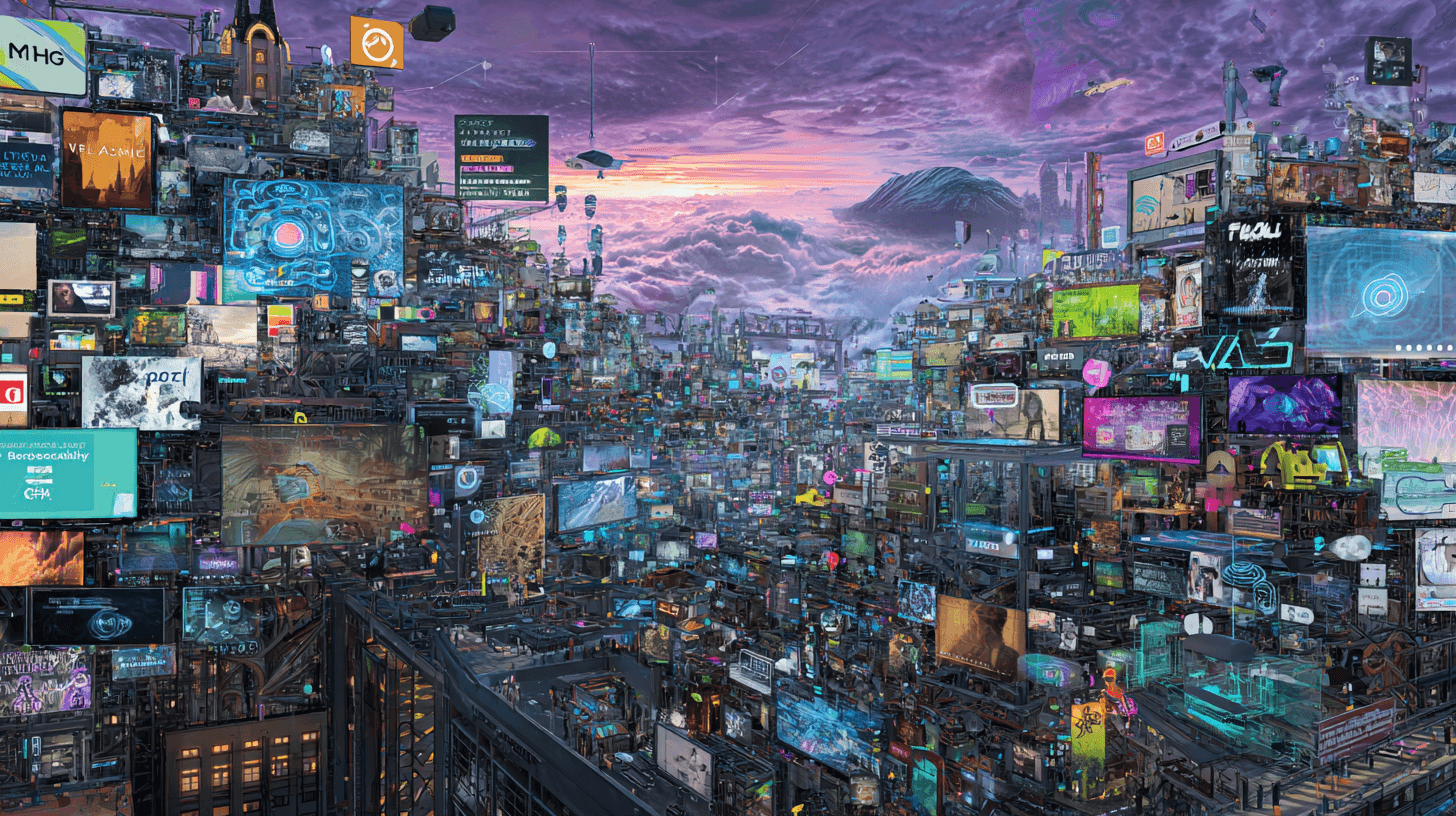Green myths and platform power: How AI reshapes a climate debate
Rianne Riemens explains how Silicon Valley is shaping not only our digital lives, but also our ecological future.
Published on October 26, 2025

Bart, co-founder of Media52 and Professor of Journalism oversees IO+, events, and Laio. A journalist at heart, he keeps writing as many stories as possible.
Big Tech’s promises of “green AI” mask an uncomfortable reality: massive energy demands, growing carbon emissions, and a shifting narrative that sidelines sustainability. Postdoctoral researcher Dr. Rianne Riemens unpacks how Silicon Valley is shaping not just our digital lives, but our environmental futures.
At the double-lecture event Who Formats Our Futures?, organized by the University of Amsterdam, Dr. Rianne Riemens and Bjorn Beijnon exposed two sides of platform power: its environmental footprint and its social consequences. In a three-part short series, we unravel their messages. This is part 2. You can read part 1 here.
At first glance, Silicon Valley seems eager to save the planet. Tech giants parade glossy sustainability reports, commercials about a greener future, and carefully crafted projects that link their platforms to climate action. But behind the slogans lies a deeper story of expansion, extractive infrastructures, and mounting environmental costs.
That was the message of Dr. Rianne Riemens, a postdoctoral researcher at Utrecht University, whose work focuses on the intersection of Big Tech, AI, and climate discourse. Speaking at Who Formats Our Futures?, she laid bare how platforms shape not only our data flows but also our visions of a sustainable future.
“What I call tech-on-climate discourse isn’t just about companies defending their environmental impact,” Riemens explained. “It’s also a legitimization strategy, justifying platform capitalism while promoting a very specific view of how technology, humanity, and nature relate.”
From “Platform Earth” to “Green AI”
Riemens’ PhD research, published last year under the title Platform Earth, showed how Silicon Valley positioned itself as indispensable in solving the climate crisis. The narrative was clear: with the right technological innovations and corporate interventions, the Earth could be saved, without major structural changes to society or Big Tech itself.
In the past two years, however, the rhetoric has shifted. “Almost all sustainability messaging is now framed through the lens of AI,” Riemens noted. Microsoft promises AI will “accelerate climate action.” Google highlights its “AI for sustainability” tools. Yet, behind these claims lie troubling contradictions.

Watt Matters in AI
Watt Matters in AI is a conference that aims to explore the potential of AI with significantly improved energy efficiency. In the run-up to the conference, IO+ publishes a series of articles that describe the current situation and potential solutions. Tickets to the conference can be found at wattmattersinai.eu.
AI models consume staggering amounts of electricity and water, and their carbon emissions are climbing rapidly. “Emissions that had been falling for some companies are now rising again because of AI,” Riemens said. “The industry is expanding so fast that it takes up enormous energy and land resources.”
The myths of green AI
In her talk, Riemens identified four recurring myths that dominate Big Tech’s climate messaging:
- Impact is overstated. “Sam Altman ridiculed critics as the ‘anti-AI crowd,’” she recalled. “Google even claims a single Gemini prompt costs just five drops of water and 0.03 grams of CO₂. But those figures exclude heavy-use scenarios and ignore the aggregated impact of billions of prompts.”
- AI will reduce overall emissions. The argument: today’s problems will be solved by tomorrow’s technologies. “This is Silicon Valley’s classic solutionism,” Riemens argued. “But meanwhile, emissions are rising fast.”
- Carbon neutrality by 2030. Tech firms promise future offsets through carbon removal projects. “These are often unproven at scale,” she warned. “And even if they work, they don’t erase the ongoing extraction of energy, water, and land.”
- Local benefits outweigh costs. Data centers are promoted as job creators and drivers of security. But, as Riemens noted, “communities in Ireland or South America face water shortages and blackouts as a direct result of these infrastructures.”
“These myths don’t just misrepresent impact,” she said. “They actively shape the debate, framing AI as inevitable, desirable, and green.”
Energy as the new frontier
Perhaps the most striking development is Big Tech’s deepening involvement in the energy sector. From Google’s power purchase agreements in geothermal and nuclear projects to Amazon’s data solutions for utilities, platforms are moving from consumers of energy to players in its production, storage, and governance.
“Energy has become both a bottleneck and an opportunity,” Riemens explained. “The cost of AI converges with the cost of energy. So tech firms are investing in energy futures, pushing to privatize what used to be public infrastructures.”
This shift dovetails with U.S. political priorities. “Climate is no longer on the agenda,” she observed. “Instead, AI is framed as a national security project. Tech leaders and political leaders now share an interest in deregulation and expansion.”
Europe’s different path?
When asked about Europe, Riemens pointed to a more cautious approach. “The EU Green Deal still frames climate as a regulatory priority,” she said. “But even in Europe’s AI action plan, sustainability isn’t central enough. If we don’t embed climate goals into AI development from the start, we risk repeating the same mistakes.”
For Riemens, the stakes go far beyond marketing spin. The consolidation of platform power, the industrialization of AI, and the privatization of energy infrastructures raise profound questions about democracy, justice, and planetary boundaries.
“We need to move beyond the myths,” she concluded. “Big Tech is not a neutral partner in solving the climate crisis. Its growth depends on extraction. The question is not just how to green AI, but whether endless AI growth is compatible with the limits of our planet.”
Yesterday, we published part 1 of this series. Tomorrow, we will publish part 3.
